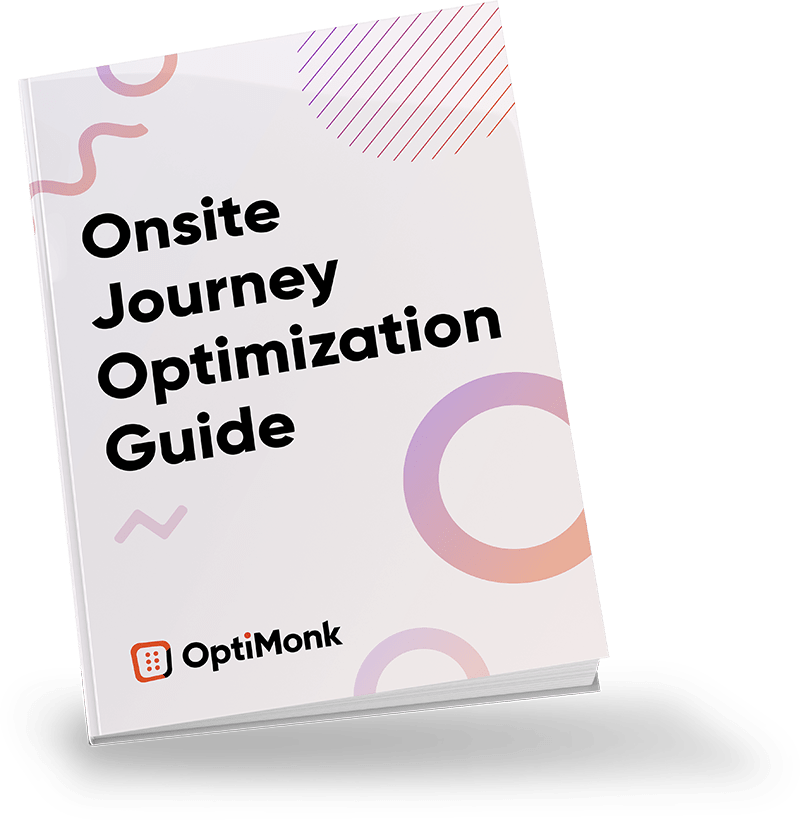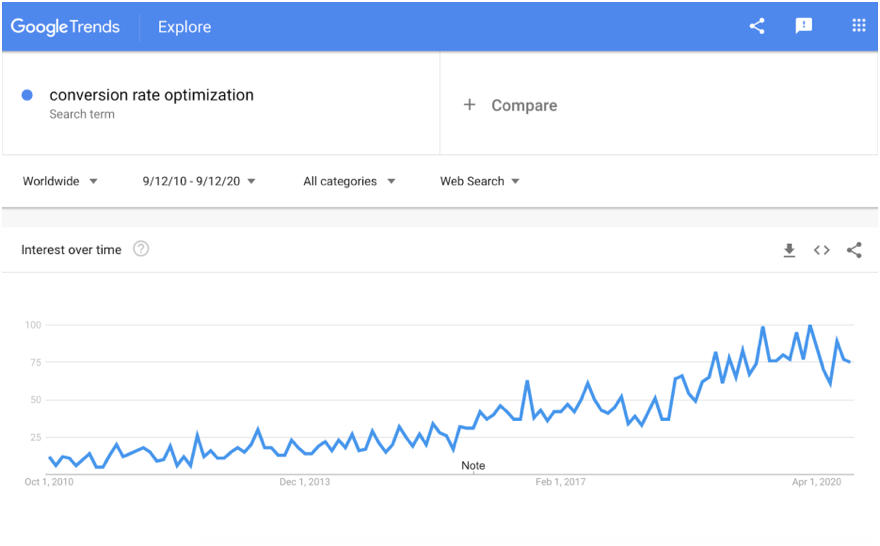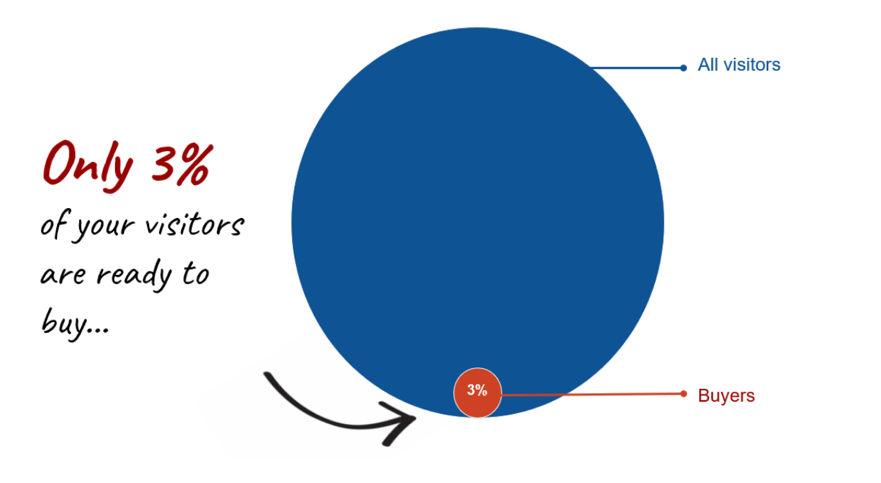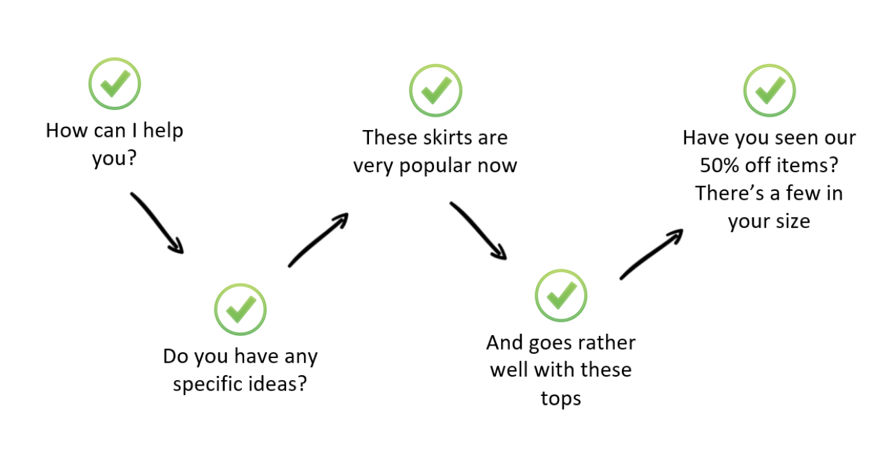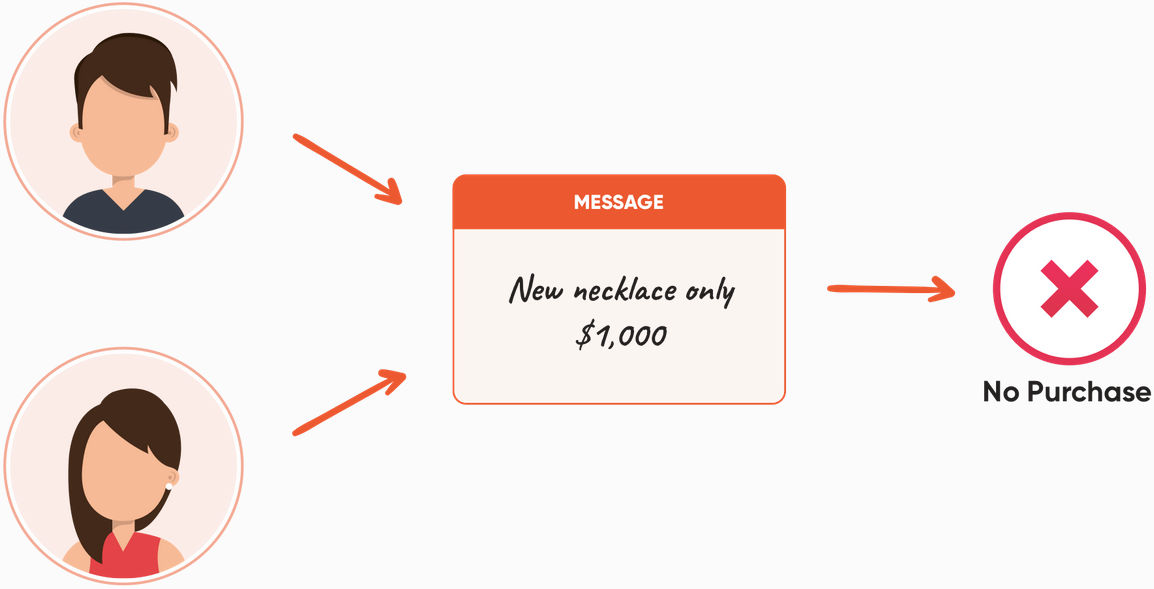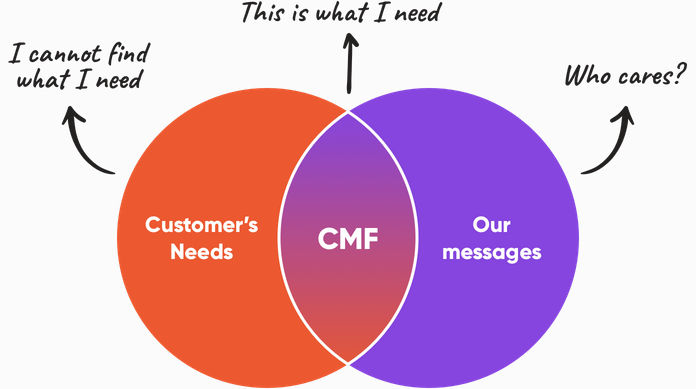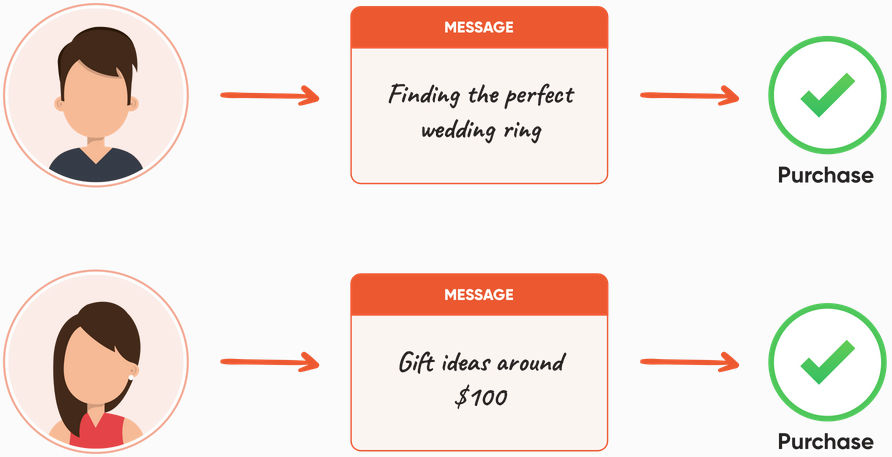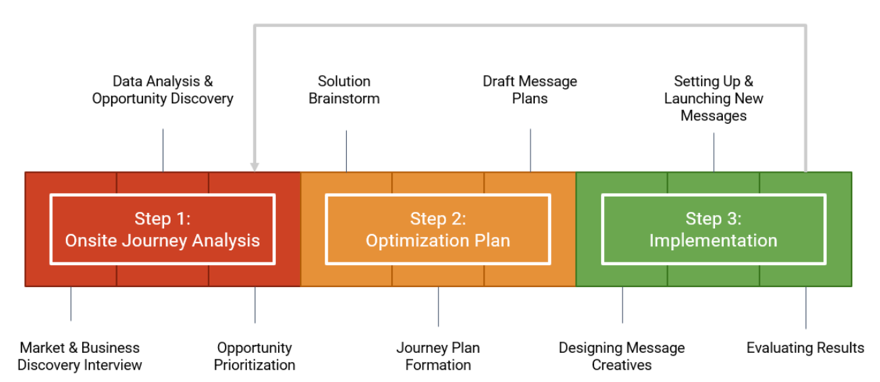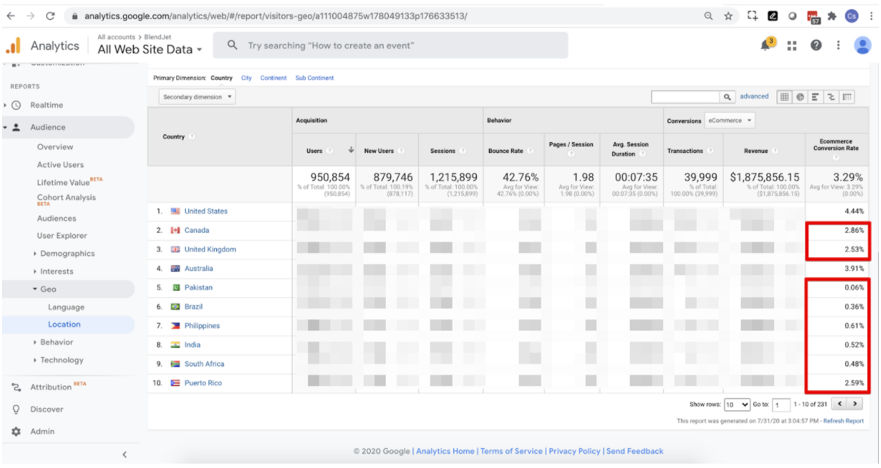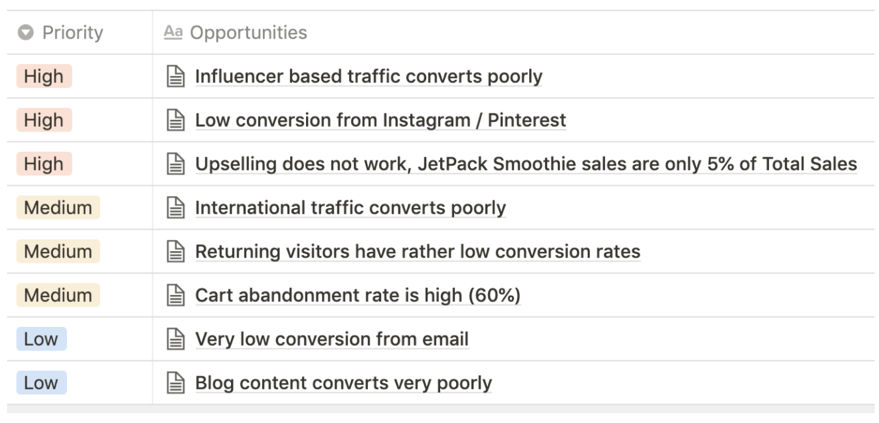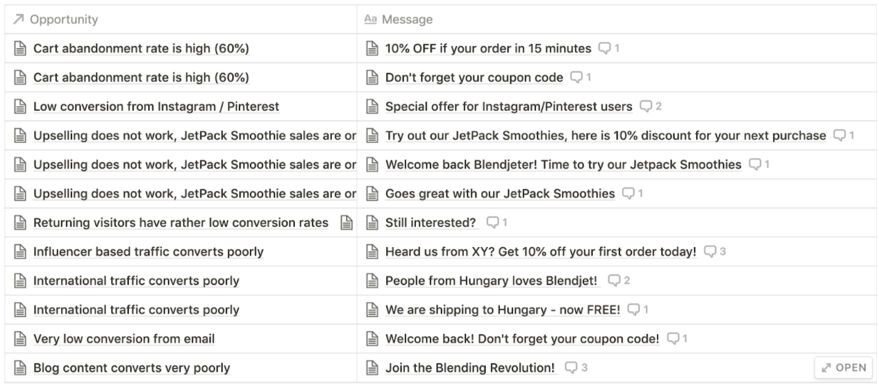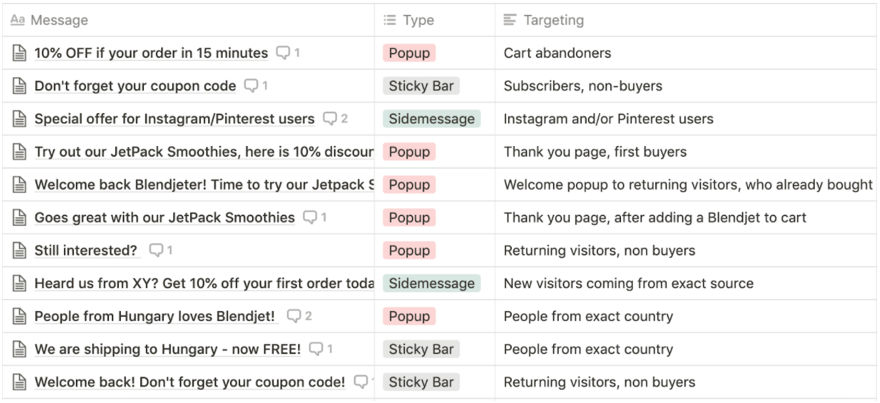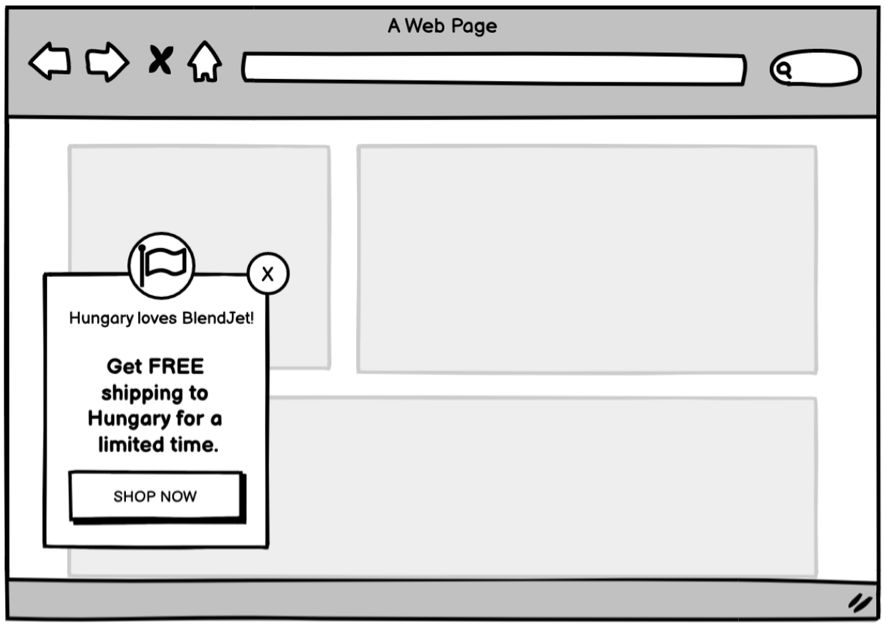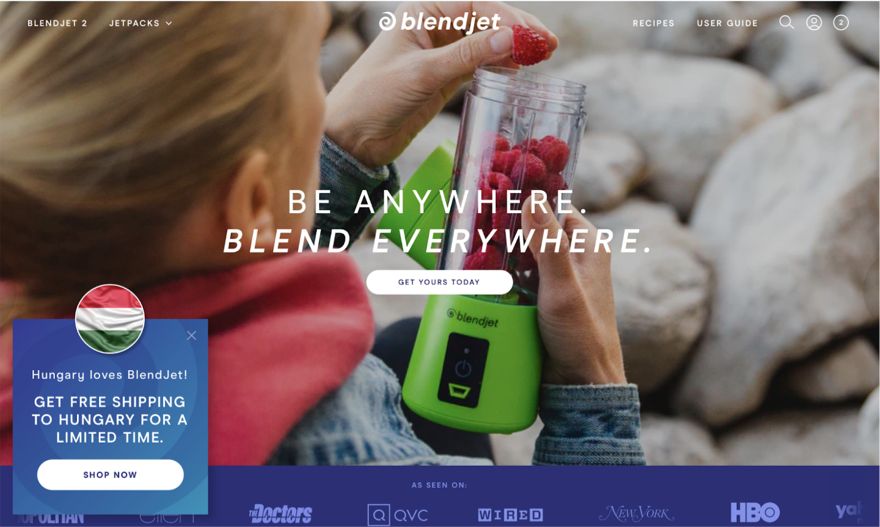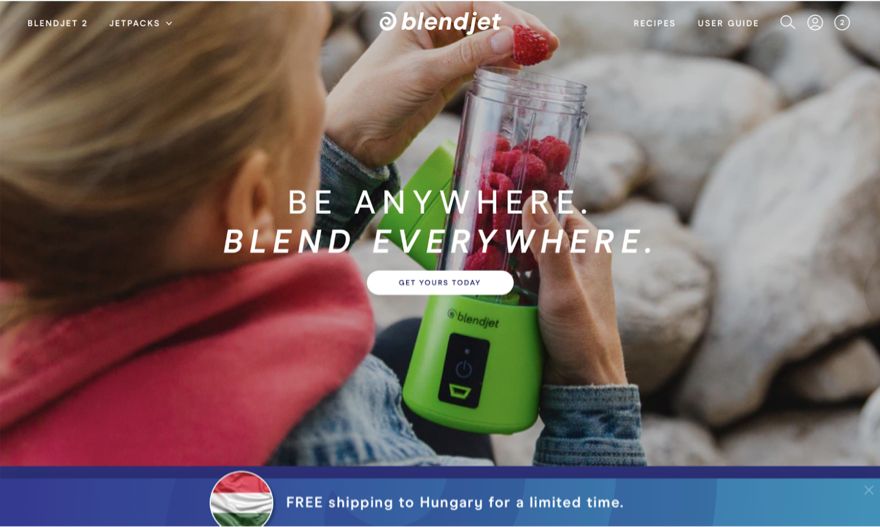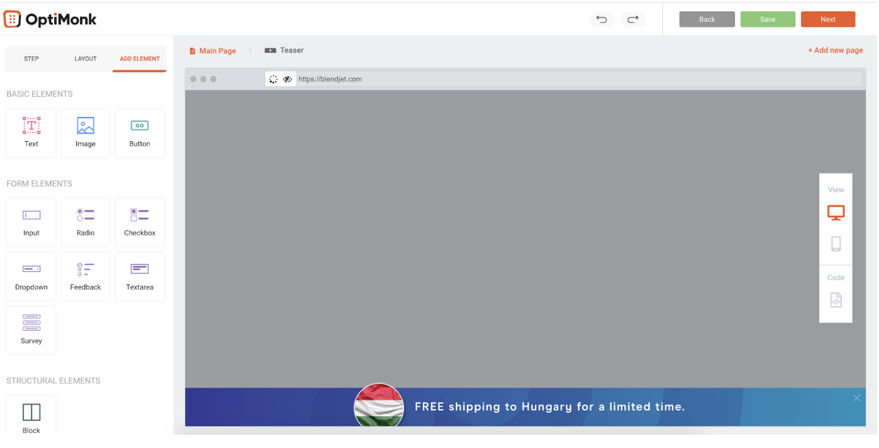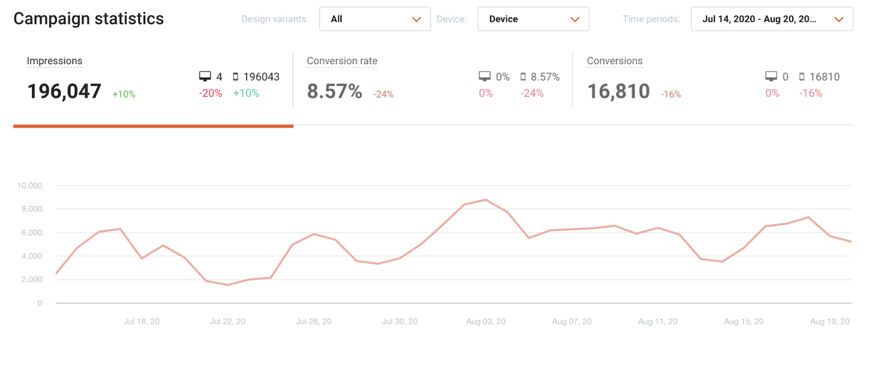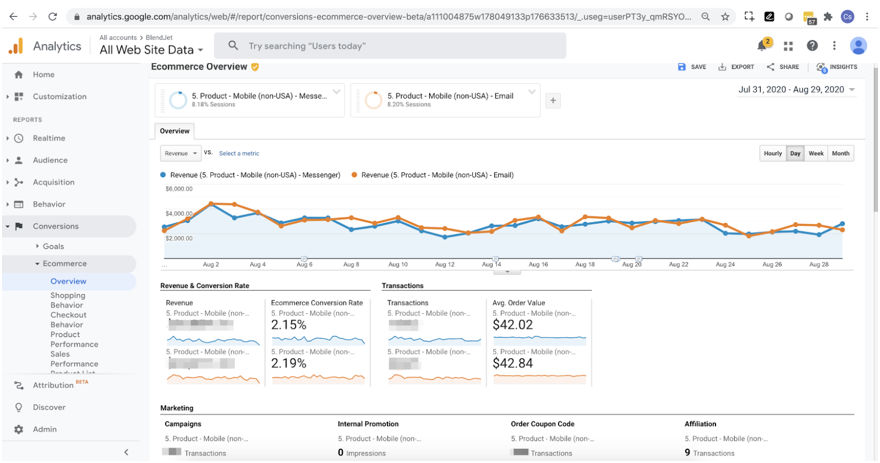Aenean consectetur nibh eu urna vulputate ultricies. Sed interdum hendrerit tellus vitae rhoncus. Suspendisse hendrerit diam eget ex accumsan pretium. Aliquam velit purus, ullamcorper luctus metus sit amet, convallis eleifend.
Lorem ipsum dolor sit amet, consectetur adipiscing elit. Nunc pellentesque felis sem, eu faucibus sem pretium vulputate. Nulla euismod at ante at aliquam. Duis non facilisis est. Ut convallis est a risus venenatis rutrum. Nulla lorem orci, vehicula quis rutrum in, maximus eget nulla. In maximus pulvinar lacus. Aliquam sed tortor imperdiet, auctor dui in, fermentum nulla. urabitur a mauris a libero volutpat sollicitudin at vitae purus. Sed porttitor nibh ut mi placerat placerat nullam non quam sit amet mi molestie feugiat et a libero.
What will you learn?
Onsite Journey Optimization Basics
Mapping Out the Ideal Customer Journey
The Personalized Customer Experience
The Five-step Optimization Process
Real Word Strategies and Practical Examples
